Get ready to pack your bags for a stunning Montenegro trip in summer 2025! With its crystal-clear waters, rugged mountains, and charming old towns, Montenegro is a hidden gem just waiting to be explored. From hiking through pristine national parks to relaxing on beautiful beaches along the Adriatic Sea, this trip promises to be filled with excitement and new experiences at every turn. So grab your sunscreen and sense of adventure – it’s time to embark on the journey of a lifetime in Montenegro!
Just so you know, this post contains affiliate links. If you book a tour, hotel, or buy something through one of these links, I may earn a small commission—at no extra cost to you. It helps me keep this blog running and full of travel tips. Thanks for the support!
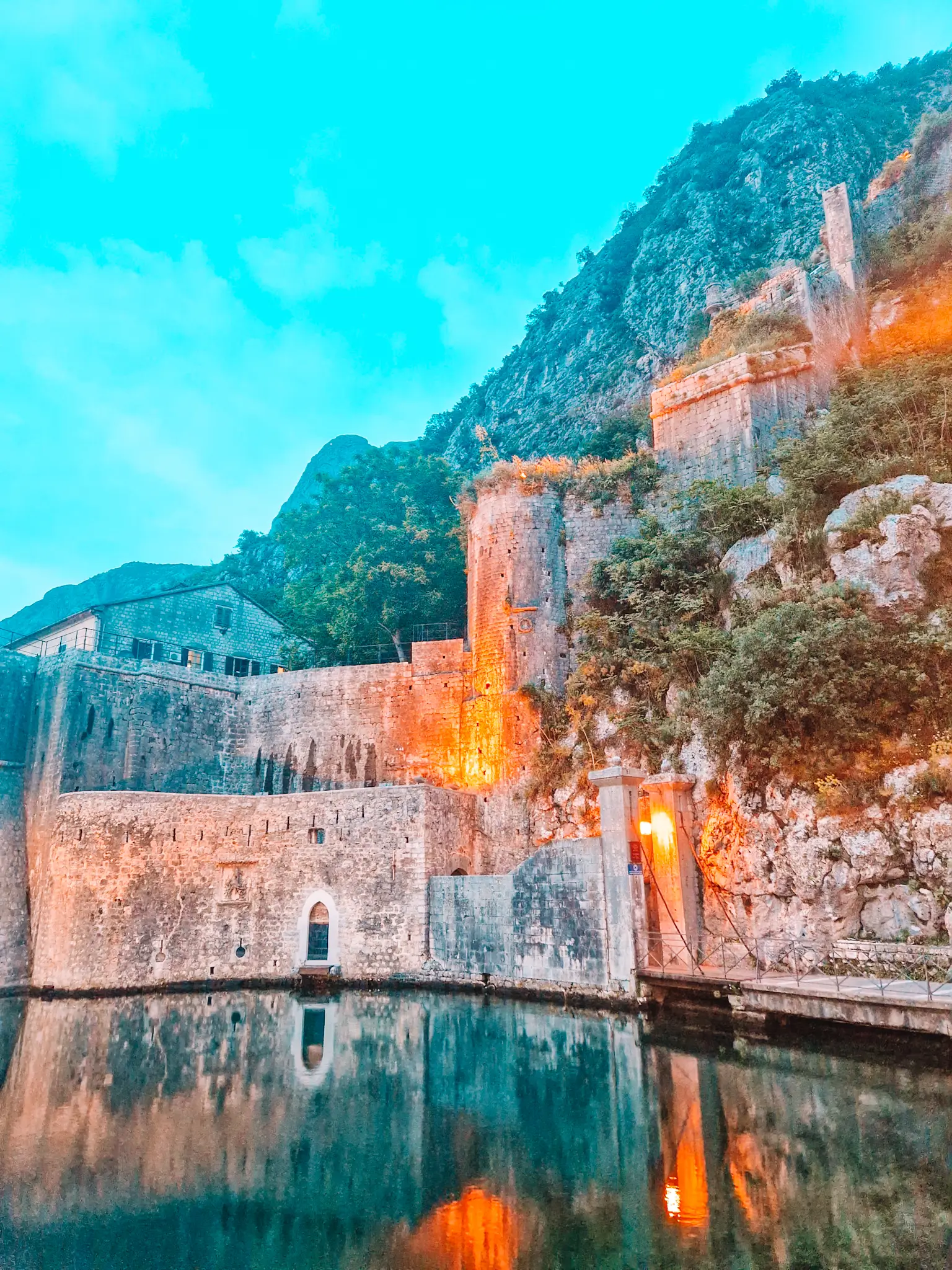
Where is Montenegro?
Montenegro is a small country nestled between Albania, Serbia and Bosnia & Herzegovina. It has a Mediterranean coastline, close to Dubrovnik in Croatia and directly across from the heel of Italy’s boot.
Although it isn’t part of the European Union, although it has applied and hopes to join by 2028. Despite this, Montenegro uses the Euro, making it a convenient choice for European travelers who don’t need to exchange currency.
Why visit Montenegro?
Montenegro remains relatively undiscovered by western European tourists and is less commercialised than other mainstream destinations. Visiting now means experiencing the country before it experiences the mass tourism that so much of Europe suffers from. I visited Montenegro in summer 2023, and while there were plenty of tourists in Kotor, it never felt crowded or overwhelming the way so many European cities do.
Montenegro’s natural beauty is breathtaking, and its small size makes it easy to travel around. Plus, it’s well-connected to most of Europe.
There’s so much to do in Montenegro. Highlights include:
- Medieval Kotor, a small walled town with winding streets leading to restaurant-filled plazas
- Stunning Perast, a waterfront village with historic charm and scenic hotels
- Lively Budva, known for its nightlife and beaches
- Quiet Petrovac, a relaxed beach town mostly visited by locals
If you’re looking for luxury, you could even stay on Sveti Stefan. This islet is owned entirely by the luxury Aman hotel group, offering accommodation in 15th century townhouses. Only guests at the hotel can access the island, making it the utmost in private luxury.
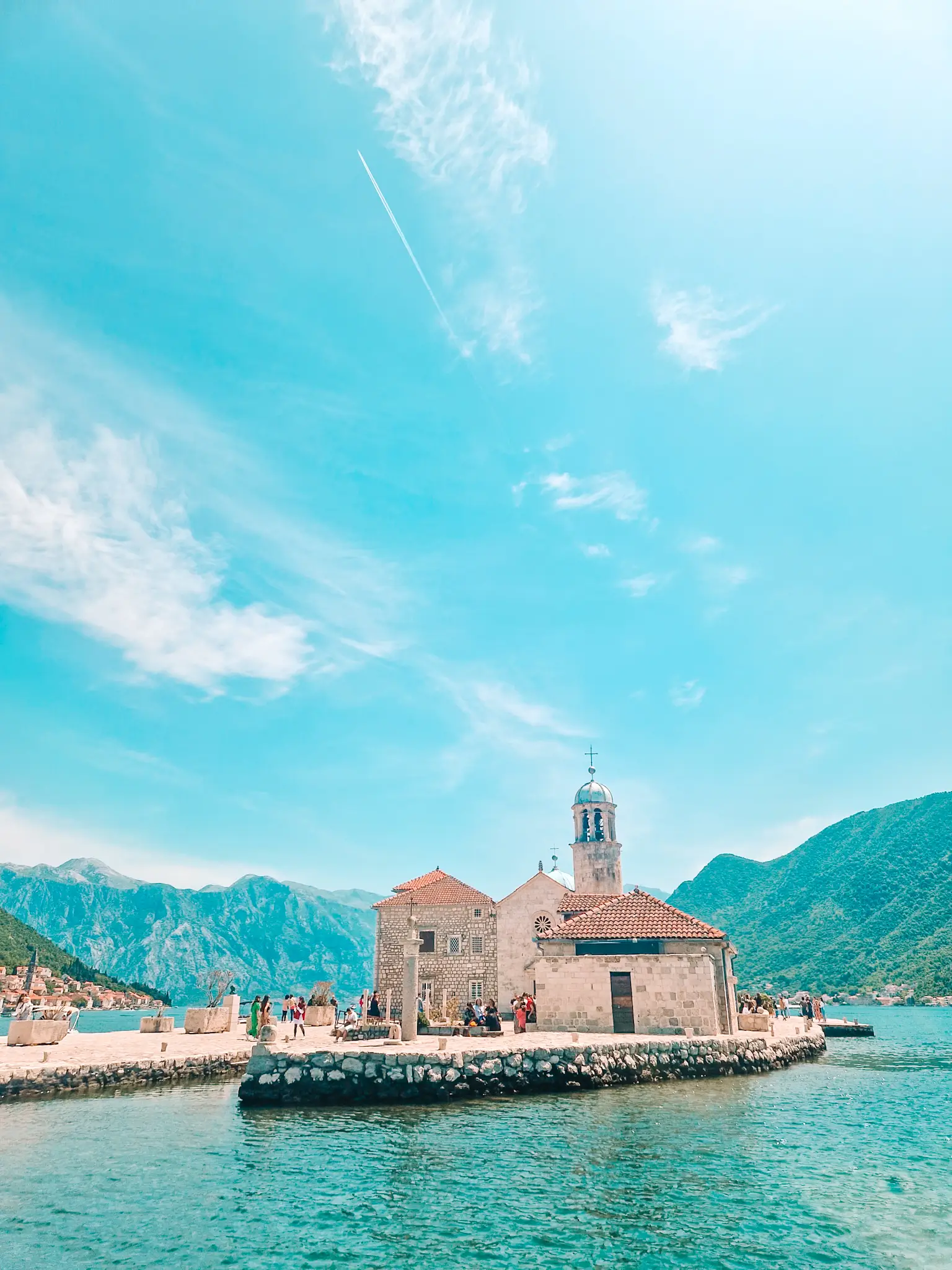
History of Montenegro
Montenegro only became an independent country in 2006 (previously part of Yugoslavia), but it has a rich history and a proud cultural heritage.
Montenegro means ‘Black Mountain’. It was under Ottoman control from the 15th to 19th centuries, although some parts were also controlled by Venice. After briefly gaining independence from 1910, Montenegro became part of Yugoslavia after World War 1. Following the breakup of Yugoslavia, it remained in a federation with Serbia during the 1990s.
Montenegro became independent following a referendum in 2006, when 55% of people voted for independence.
Is a Montenegro trip safe?
Montenegro is as safe as most European destinations – which means you should take the usual precautions you would anywhere else. The British Foreign, Commonwealth and Development Office lists the main risks as petty theft and ATM fraud.
I’m a solo female traveller who has travelled all over the world, and never felt any sense of danger. Stats show relatively low levels of crime in Montenegro. My Airbnb host in Kotor reassured me that there was very little crime in Montenegro. She said I didn’t need to watch my belongings in the same way I would in London. I’m too much of a Londoner to take her advice, but I was reassured to hear it nonetheless.
As a solo female traveller, going out after dark is always more risky. However, Kotor is one of those European cities where nightlife extends long into the night. Despite the winding alleyways that would normally give me pause, the number of people out and about always made me feel safe.
Petrovac, on the other hand was the opposite, with few people out and about, but still safe. It had a real family vibe, with local holidaymakers enjoying the seafront and quiet streets.
While I was never out at night in Budva, you should take all the usual precautions you would in any other European city.
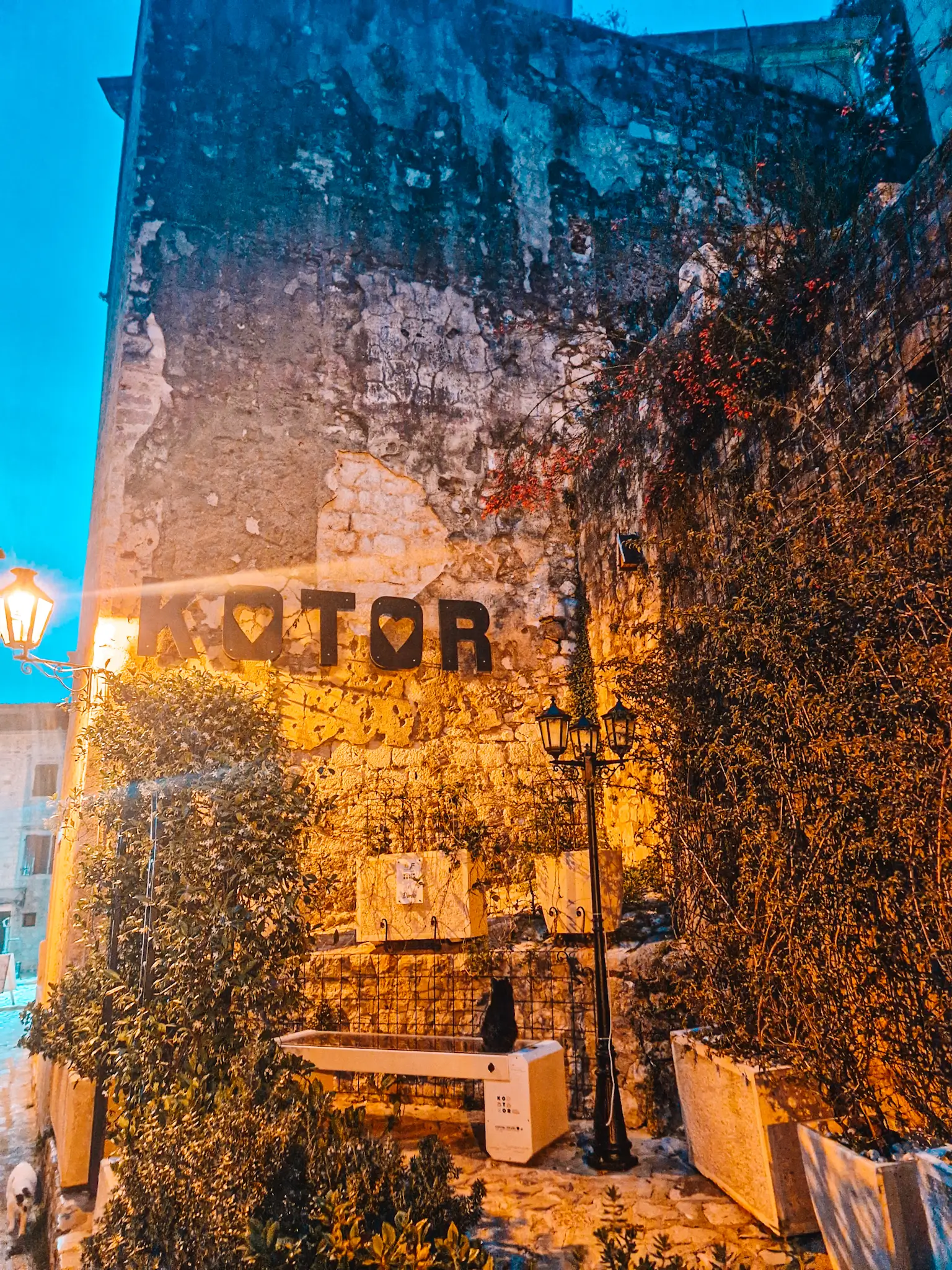
Can I take a Montenegro trip with a UK passport? What if I’m from the EU?
While Montenegro is not in the EU, British passport holders can visit for up to 90 days without a visa. Most European nationals can stay for up to 30 days visa-free, making a Montenegro trip hassle-free!
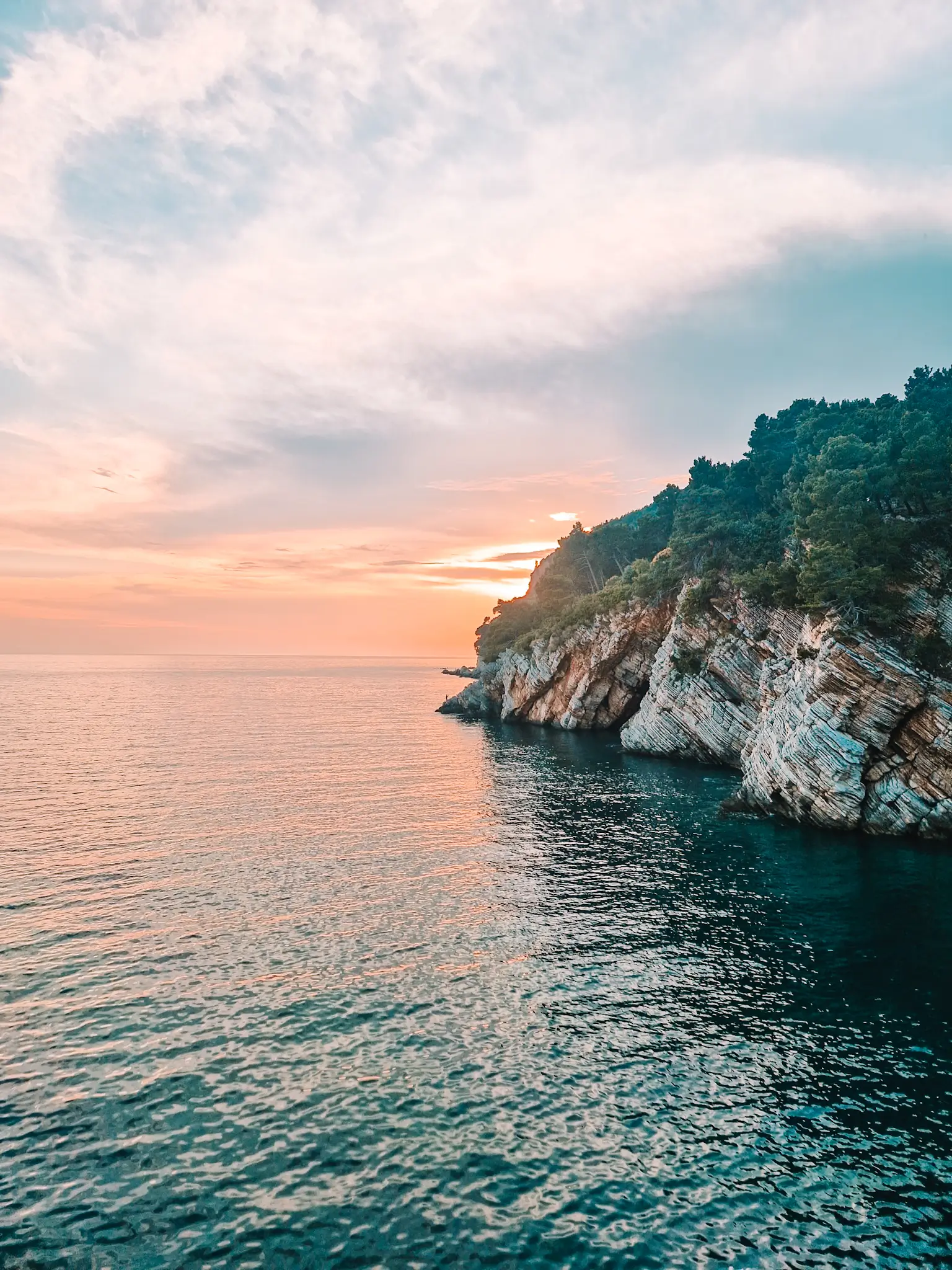
How to get there and which airport to use
By air
Montenegro has two main airports:
- Podgorica: More flight options but farther from key tourist spots (1.5 hours to Kotor).
- Tivat: Best for coastal destinations (15 minutes from Kotor, 25 minutes from Budva).
Budget airlines like Easyjet, Ryanair or Wizz often have cheap flights to Podgorica.
As an airport, Podgorica is ok – there are a few places to eat and a few shops, but the main benefit is that it’s a small airport and you’ll spend relatively little time queuing, compared to the nightmare that is some British and American terminals.
By train
Montenegro has rail links to Serbia and Albania. You can book trains on the official website, but note that the trains don’t connect Budva and Kotor. You’ll need alternative transport from Podgorica.
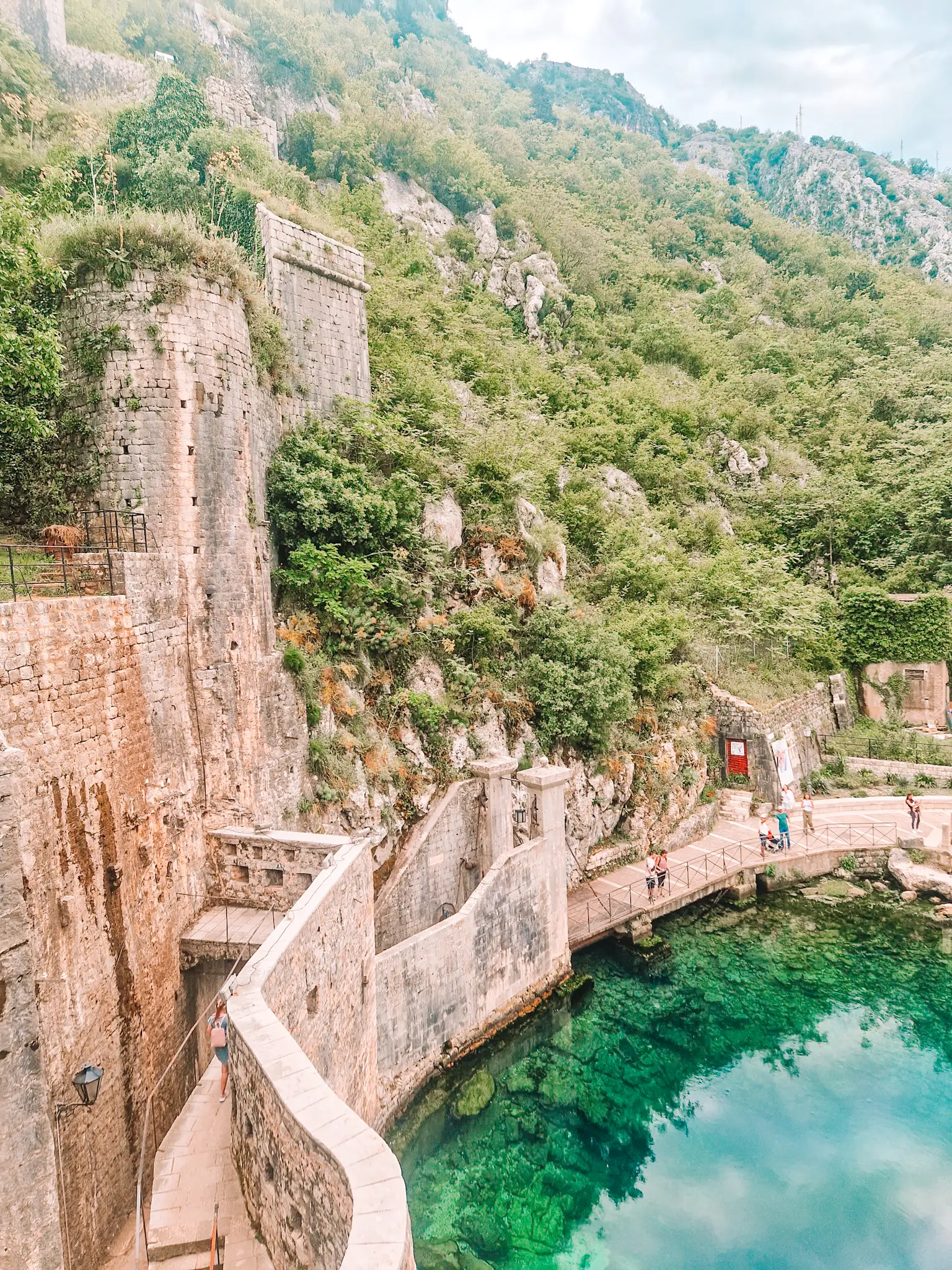
When to travel to Montenegro?
Like much of the Balkans, Montenegro experiences hot, humid summers, so peak season is best avoided.
I visited in May, when temperatures were around 20°C—warm enough for the beach but still comfortable for sightseeing. If you travel in:
April → Average max: 19°C
July → Average max: 31°C
October → Average max: 18°C
November → Average max: 13°C
Montenegro is a great option for an autumn getaway since it stays much warmer than the UK or Northern Europe.
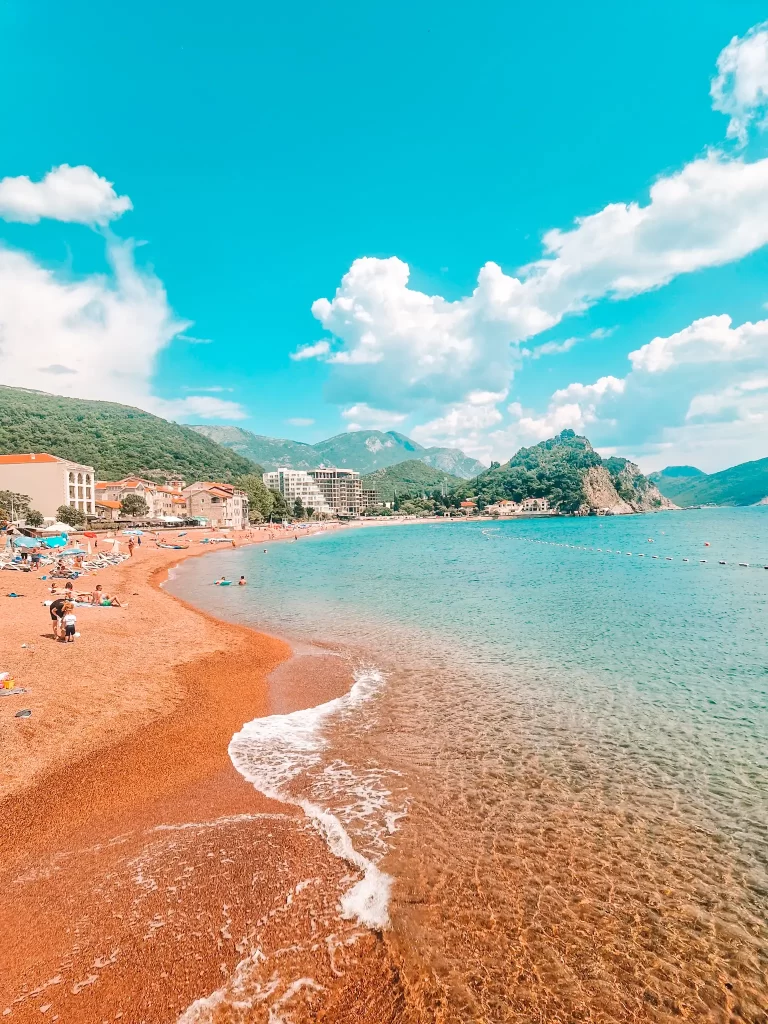
Can You Travel in Montenegro Without a Car?
Yes! Montenegro has no trains, but buses are reliable and inexpensive. I took the bus from Kotor to Petrovac (1.5–2 hours), and Kotor to Budva is even shorter (30 minutes).
However, there’s no public transport to Podgorica Airport. You’ll need to take a taxi—either via the airport’s recommended services or through your hotel/Airbnb.
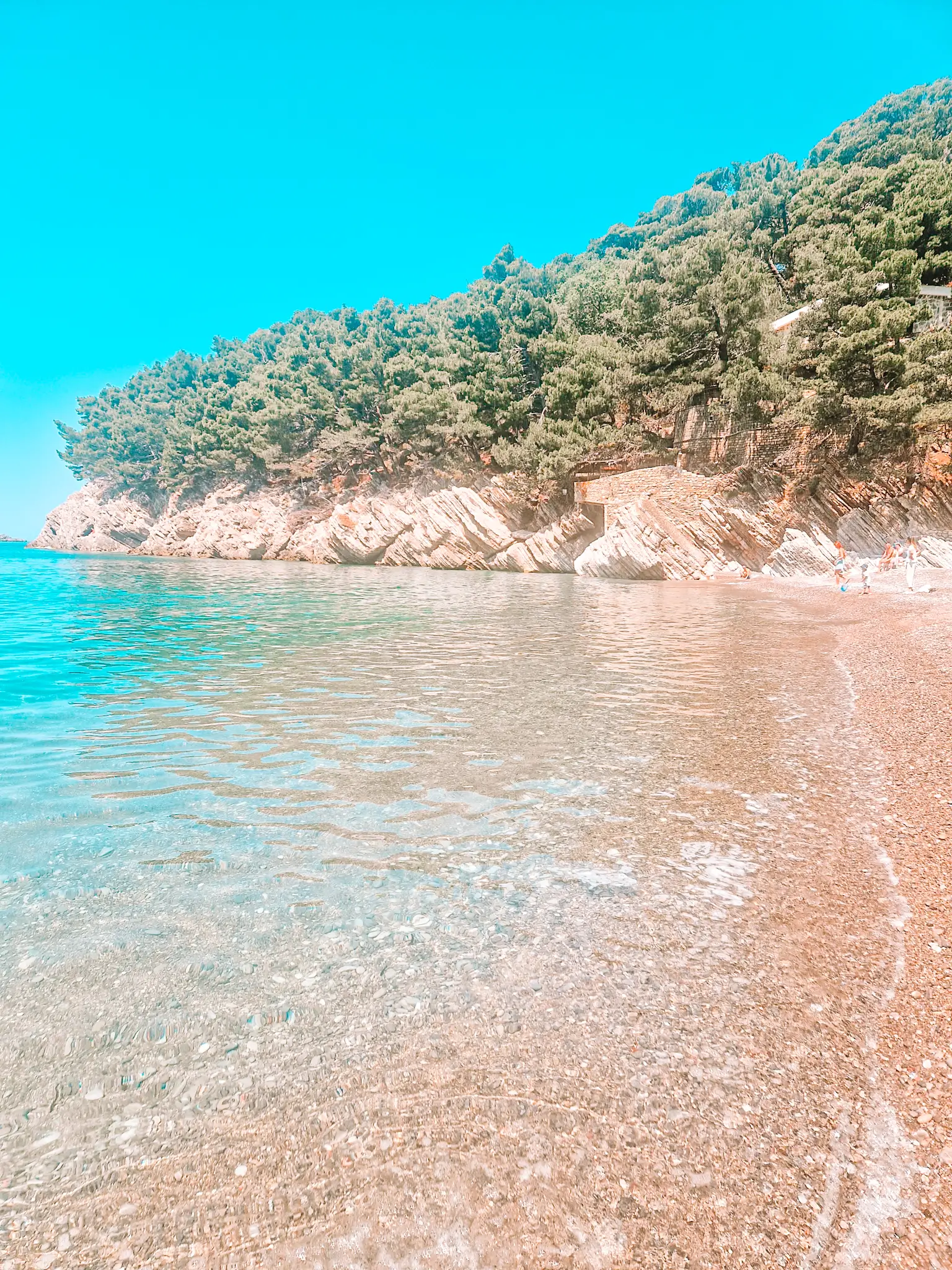
How expensive is a Montenegro trip?
I expected Montenegro to be a budget destination, but it’s mid-range by European standards.
Coffee → €3
Local draft beer → €5
Small glass of wine → €7
Two-course meal (without drinks) → ~€25 per person
Hotels in Kotor and Budva start at around £100 per night, but apartments are often a better option, especially in Kotor’s medieval old town.
For a splurge, I had breakfast on the rooftop bar at the Hotel Hippocampus, and it was a dream, with views over the town and the bay and a beautiful, boutique vibe.
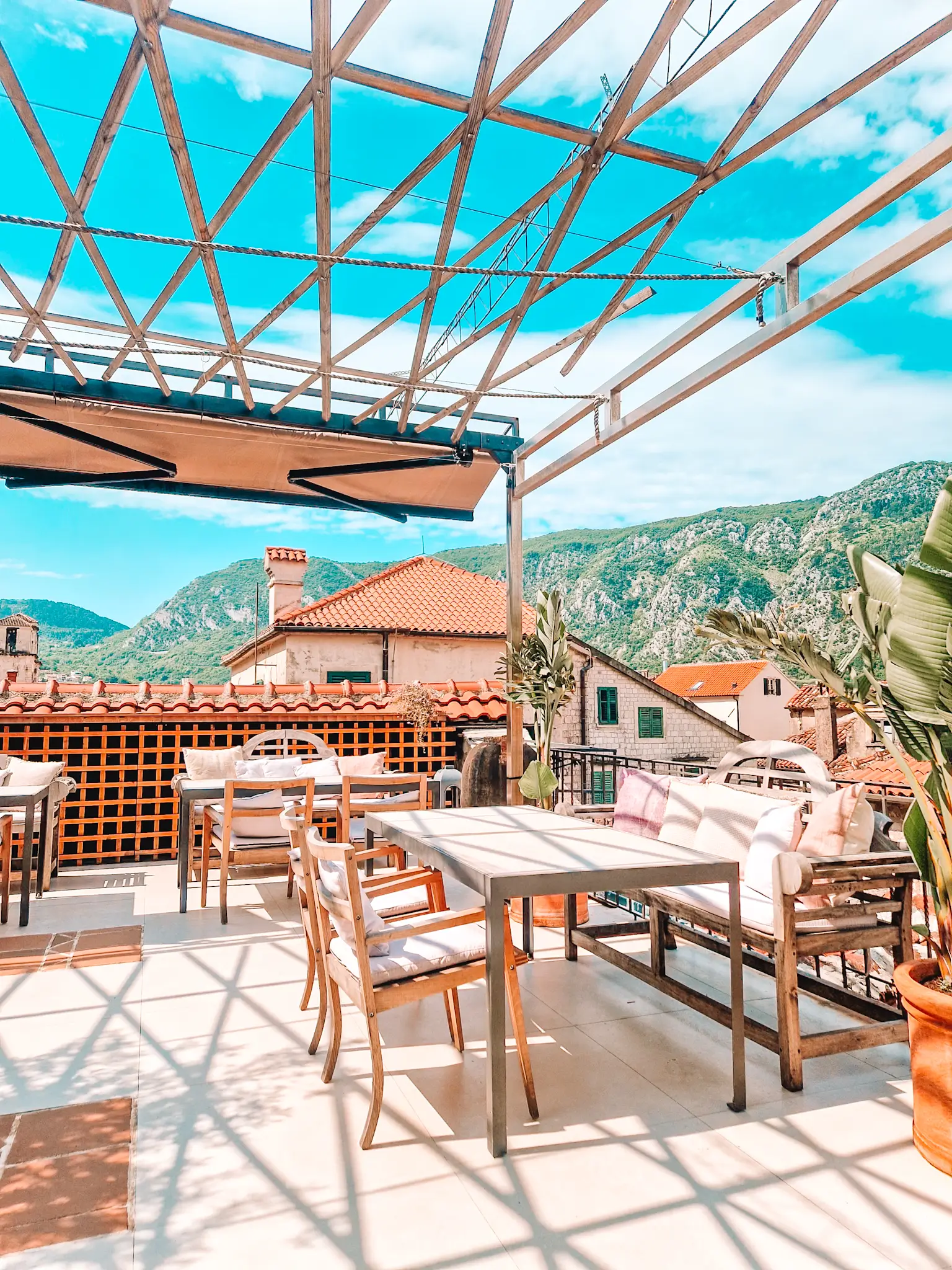
Would I recommend going to Montenegro? Is it worth going to Montenegro?
Absolutely! I loved my time in this tiny country and would highly recommend a holiday to Montenegro. I found friendly people in Montenegro, beautiful historic sites, thrilling boat rides and beautiful beaches. The food is good and it’s a relatively cheap destination for Europe. There’s also a lot to do in Montenegro, from beaches to history, so there’s something for everyone!
It’s not going to be long before it experiences mass tourism, like Italy or Greece, so if you’re planning your 2025 holidays, a Montenegro trip is a great choice!

